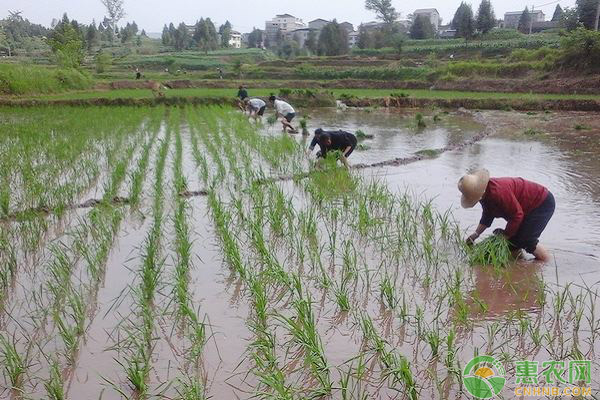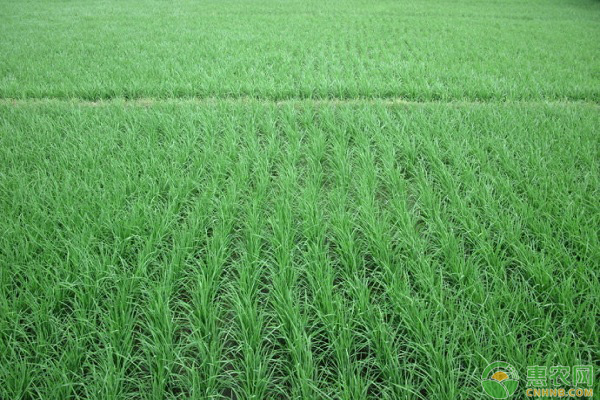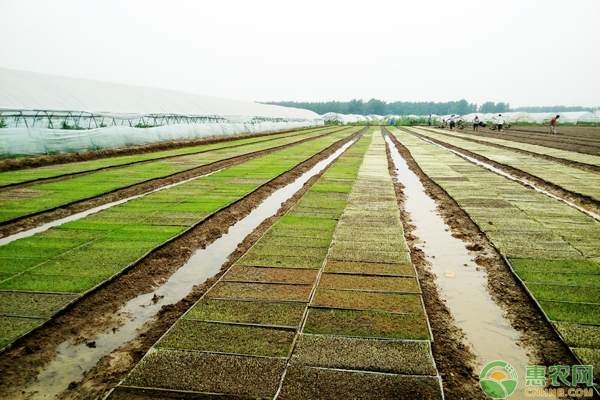At present, many places where rice is grown have gradually entered the busy season of rice transplanting. Rice transplanting and transplanting is an important farming operation, because the quality of transplanting directly affects rice yield. In order to ensure the recovery of growth, early rooting, early tillering, cultivating strong seedlings and reducing pests and diseases as soon as possible after transplanting rice, the following points should be noted when transplanting rice:

First, pre-transplant management
1. Refining seedlings in advance: Before transplanting rice, it is necessary to carry out ventilation and refining in advance, so that the seedlings can adapt to the natural environment as soon as possible, and control the temperature and humidity in the shed to avoid the appearance of long and prolonged seedlings.
2, water control seedlings: in the seedling growth 3.1-3.5 leaves or 3-4 days before transplanting, it is necessary to timely control the water seedlings, so that the seedlings are in a state of neither wilting nor urgent need to add water, so that can be seedlings in After transplanting, the root system quickly absorbs water and nutrients, and achieves the effects of rapid recovery, rapid rooting, early return to green, and early tillering.
3, transplanting timing: the timing of transplanting should be accurate, generally transplanted at 3-4 leaves, to ensure that transplanting is neither deficiencies nor overage, neither too early nor too late.

4. Transplanting depth: When rice seedlings are transplanted, the artificial transplanting depth is about 1.5 cm, and the machine transplanting is about 2 cm. If the transplanting is too shallow, it will cause loose seedlings, inverted seedlings, drifting seedlings, and dead seedlings. At the same time, the early spikes are small and small, and they are not resistant to lodging; and if the transplanting is too deep, it will cause the greening to be divided into evenings and tillers, and the late spikes will be less.
Second, transplanting matters needing attention
1. Transplanting with fertilizer: On the night before the planting, the seedling bed can be applied with 150 g of diamine/m2 fertilizer, which can effectively enhance the disease resistance of the seedlings and make the seedlings grow early after transplanting. Root, early branching.
2, with drug transplanting: 3 days before transplanting, you can spray 25-30 grams of pymetrozine or imidacloprid + 15 kg of water per mu of seedbed, spray treatment, can prevent rice leaf The occurrence of flies and negative mud worms is better for the prevention and treatment of weak seedlings, diseased seedlings and long seedlings.

3. Transplanting with bacteria: When transplanting and fertilizing seedlings, it can be applied with appropriate amount of high-quality biological microbial agents. On the one hand, it can reduce the effect of low temperature on seedlings, on the other hand, it can promote the recovery of injured roots of transplanted seedlings as soon as possible, and promote new roots. As soon as possible, hair growth, new seedlings and strong growth can not only play a role in cultivating strong seedlings and enhancing stress resistance, but also promote the early return of seedlings after transplanting and early tillering.
Wenzhou Celecare Medical Instruments Co.,Ltd , https://www.wzcelecare.com